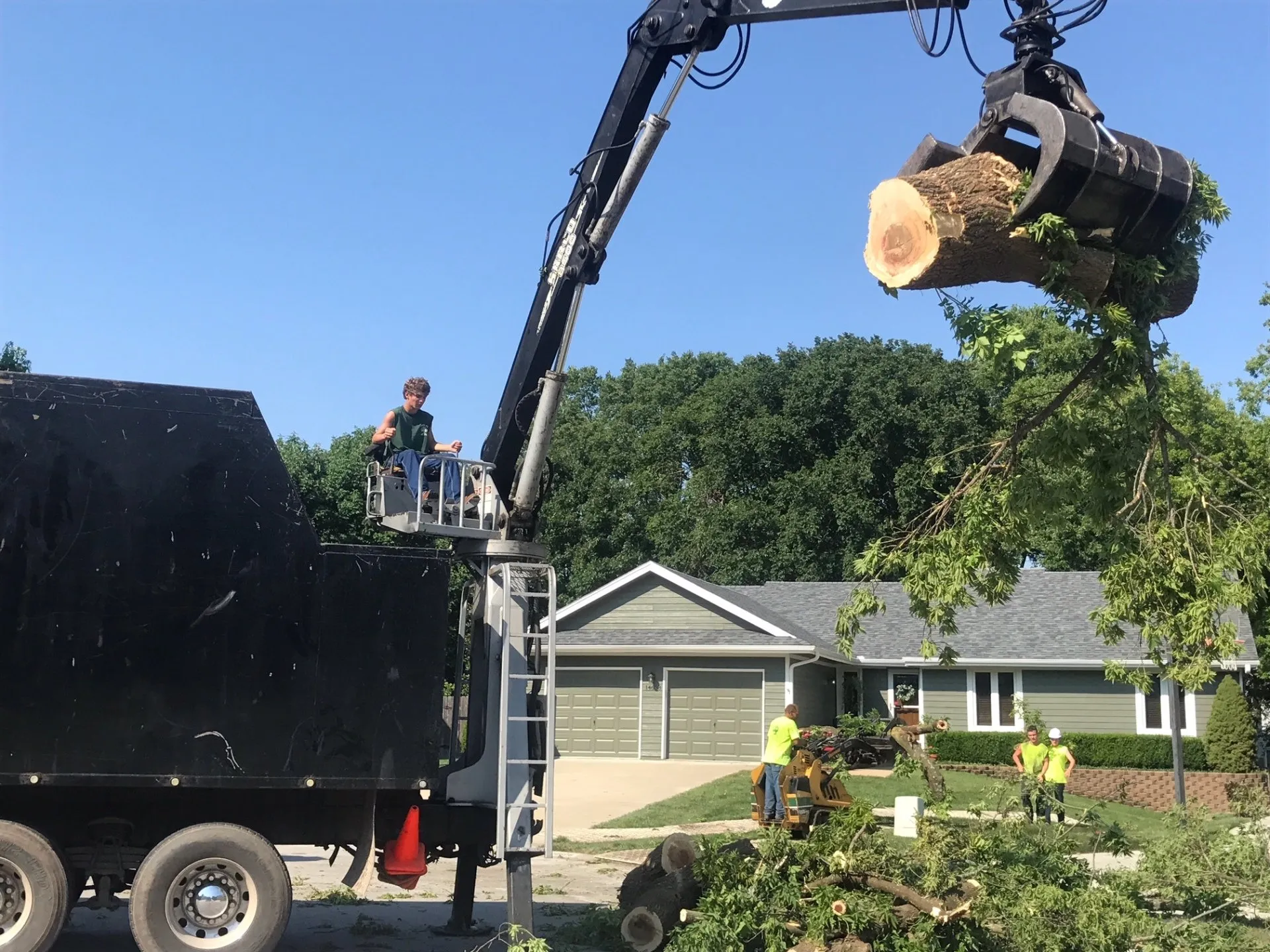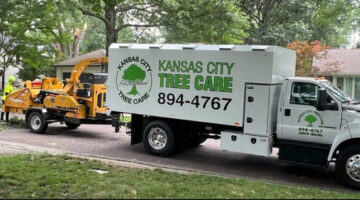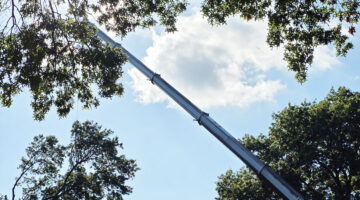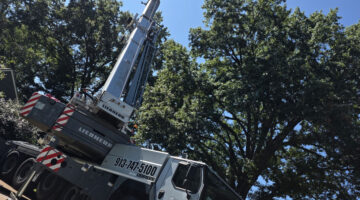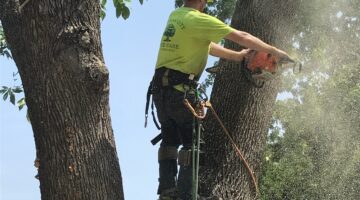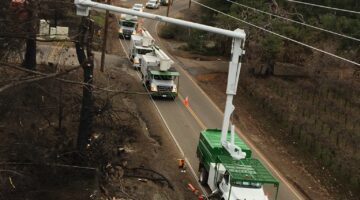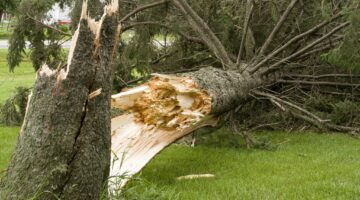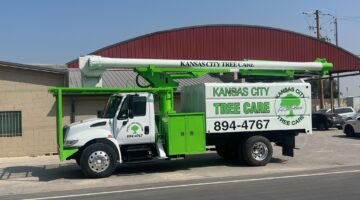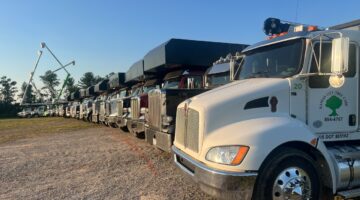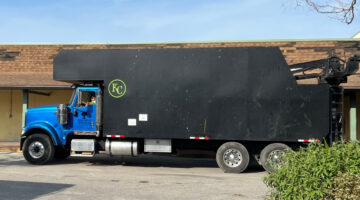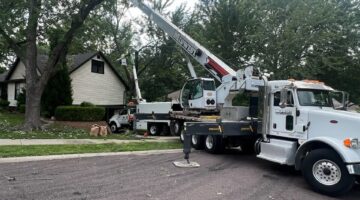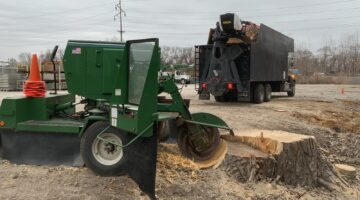How to Prepare Your Trees for Storms: Expert Tips from Kansas City's Trusted Arborists
As the stormy season approaches, safeguarding your property becomes a top priority, and your trees should be no exception. At Kansas City Tree Care, LLC, we understand the unique challenges that the weather can pose for your beloved trees across the Kansas City metro area. Our team of certified arborists is here to offer you expert advice on how to prepare and protect your trees from the potential damage that storms can bring. From essential pruning techniques to proactive bracing and cabling, our comprehensive guide will equip you with the knowledge you need to maintain a resilient and healthy landscape. Trust in our professional services to keep your outdoor environment safe and beautiful, whether you're in Western Missouri or Northeast Kansas.
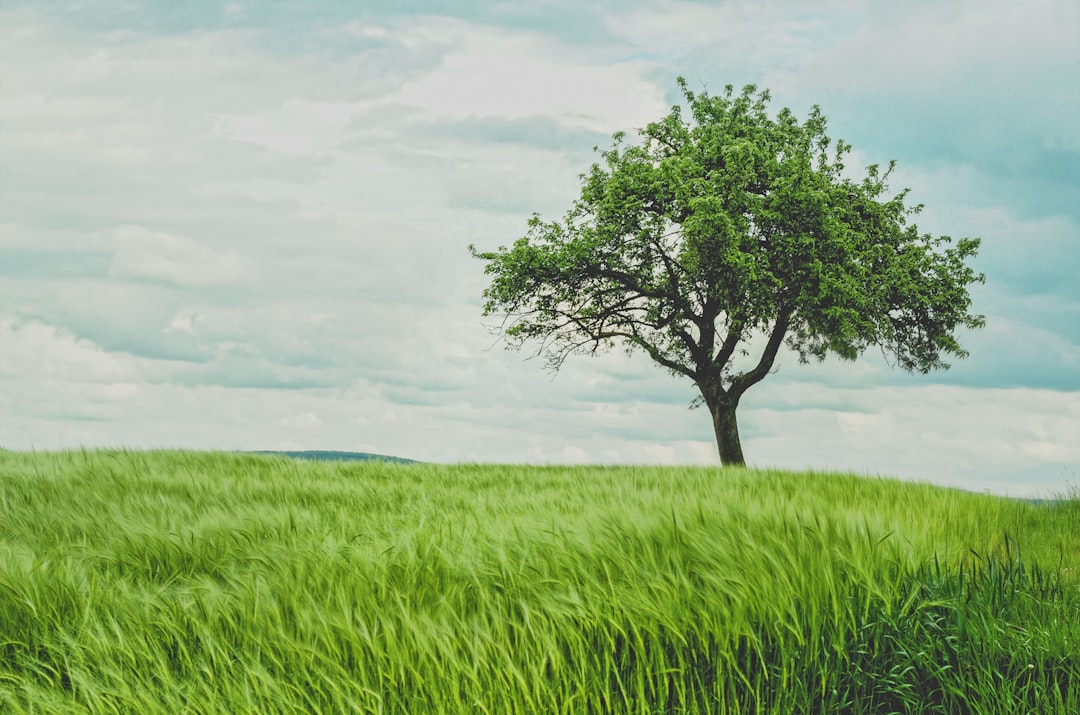
Understanding Storm Risks for Trees
Before we dive into preparation techniques, it's crucial to understand the risks that storms pose to your trees. This knowledge will help you make informed decisions about tree care and maintenance.
Common Tree Damage in Storms
Strong winds and heavy rain can wreak havoc on trees, causing various types of damage. The most common forms of storm-related tree damage include broken branches, uprooted trees, and split trunks.
Broken branches are often the result of wind stress or the weight of accumulated ice and snow. These can pose immediate safety hazards and leave trees vulnerable to further damage and disease.
Uprooted trees occur when the ground becomes saturated, and strong winds overcome the tree's root system. This is particularly common in areas with shallow soil or where trees have been improperly planted.
Split trunks are a severe form of damage, often caused by lightning strikes or extreme wind pressure. This type of damage can be fatal for trees and requires immediate professional attention.
Assessing Tree Health and Stability
Regular assessment of your trees' health and stability is crucial for storm preparedness. A healthy tree is more likely to withstand severe weather conditions.
Look for signs of decay, such as fungal growth, dead branches, or cavities in the trunk. These can indicate internal weakness that may not be immediately visible.
Check the tree's structure, paying attention to how the branches are attached to the trunk. V-shaped unions are generally weaker than U-shaped ones and more prone to splitting during storms.
Examine the root system for any visible damage or signs of instability. Exposed roots, soil heaving, or a leaning trunk can all indicate potential problems.
Importance of Professional Evaluation
While homeowners can perform basic assessments, a professional evaluation by a certified arborist is invaluable for comprehensive tree care.
Certified arborists have the expertise to identify subtle signs of tree health issues that may not be apparent to the untrained eye. They can assess structural integrity, disease presence, and potential hazards.
Professional evaluations can save you money in the long run by addressing problems before they become severe. Early intervention can often prevent the need for costly tree removal or property damage repair.
Regular professional assessments also provide peace of mind. Knowing that your trees have been evaluated by experts can help you feel more secure during storm seasons.
Preparing Trees for Severe Weather
With a clear understanding of the risks, let's explore how to prepare your trees for severe weather conditions. Proper preparation can significantly reduce the likelihood of storm damage.
Pruning Techniques for Storm Readiness
Proper pruning is essential for maintaining tree health and reducing storm damage risk. It's not just about cutting branches; it's about strategic removal to improve the tree's structure and wind resistance.
Remove dead, diseased, or weak branches regularly. These are the most likely to break during storms and can cause damage to healthy parts of the tree or surrounding property.
Thin the crown to allow wind to pass through more easily. This reduces wind resistance and the likelihood of the tree toppling in strong gusts.
Avoid topping trees. This practice can lead to weak, top-heavy growth that's more susceptible to storm damage. Instead, focus on selective pruning to maintain the tree's natural shape.
Remember, timing is crucial. Pruning should ideally be done during the dormant season to minimize stress on the tree and reduce the risk of disease transmission.
Cabling and Bracing for Support
For trees with structural weaknesses or split trunks, cabling and bracing can provide crucial support. This technique involves installing cables or braces to redistribute the weight of heavy limbs or to support weak branch unions.
Cabling involves installing flexible steel cables between major limbs to limit excessive movement during storms. This can prevent branches from breaking under their own weight or wind pressure.
Bracing, on the other hand, uses rigid rods to provide direct support to weak areas of the tree. This is often used for split trunks or to reinforce V-shaped branch unions.
It's important to note that cabling and bracing should only be performed by certified arborists. Improper installation can cause more harm than good and may create additional hazards during storms.
Selecting Storm-Resistant Tree Species
When planting new trees, consider species that are naturally more resistant to storm damage. This proactive approach can save you time, money, and heartache in the long run.
Some storm-resistant species suitable for the Kansas City area include:
Oak (various species)
Maple (various species)
Ginkgo
Sweetgum
Linden
These trees tend to have stronger wood, more flexible branches, or deeper root systems that make them more resilient in severe weather.
Consider factors such as mature size, growth rate, and specific site conditions when selecting trees. A certified arborist can provide valuable advice on the best species for your property.
Post-Storm Tree Care and Recovery
After a storm has passed, it's crucial to assess the damage and take appropriate action. Proper post-storm care can help your trees recover and prevent further issues.
Identifying Hazardous Trees
After a storm, it's essential to identify trees that pose immediate risks. These hazardous trees require prompt attention to prevent potential injury or property damage.
Look for obvious signs of damage such as split trunks, large broken branches, or trees that are leaning significantly more than before the storm. These issues can indicate structural instability.
Be cautious of trees with damaged root systems. If you see exposed or damaged roots, or if the ground around the tree appears raised or disturbed, the tree may be at risk of falling.
Remember, some hazards may not be immediately apparent. Internal damage or weakened structures might not show visible signs. When in doubt, consult a certified arborist for a professional assessment.
Safe Tree Removal Practices
When a tree is deemed hazardous and beyond saving, safe removal is crucial. Tree removal, especially after storm damage, is a complex and potentially dangerous task that should be left to professionals.
Assess the situation carefully, considering factors like proximity to structures, power lines, and other trees.
Create a clear plan for removal, including the direction of fall and escape routes.
Use appropriate safety equipment, including harnesses, helmets, and protective clothing.
Employ proper cutting techniques to control the tree's fall and minimize damage to surrounding areas.
Never attempt to remove a storm-damaged tree on your own, especially if it's near structures or power lines. The unpredictable nature of damaged trees makes professional removal essential for safety.
Effective Stump Grinding Solutions
After tree removal, stump grinding is often the next step. This process eliminates trip hazards, improves aesthetics, and prevents regrowth or pest infestations.
Stump grinding involves using a specialized machine to chip away the stump to below ground level. This method is less invasive than stump removal and leaves the root system in place to decompose naturally.
The resulting wood chips can be used as mulch or removed from the site. The area can then be filled with soil and replanted or re-sodded as desired.
While DIY stump grinders are available for rent, professional services ensure efficient and safe operation, especially for larger stumps or those in difficult locations.
Choosing the Right Tree Care Professionals
Selecting the right professionals for your tree care needs is crucial for ensuring the health and safety of your trees and property.
Benefits of Hiring Certified Arborists
Certified arborists bring a wealth of knowledge and expertise to tree care that goes beyond basic landscaping services. Their specialized training and experience can make a significant difference in the health and longevity of your trees.
Certification through organizations like the International Society of Arboriculture (ISA) ensures that the arborist has met rigorous standards of knowledge and practice. This includes understanding of tree biology, proper care techniques, and safety protocols.
Certified arborists can provide comprehensive tree health assessments, develop long-term care plans, and offer expert advice on species selection and placement. Their expertise is particularly valuable in complex situations such as storm damage assessment or managing diseased trees.
Evaluating Kansas City Tree Care Reviews
When choosing a tree care service, reviews from other Kansas City residents can provide valuable insights. Look for Kansas City tree care reviews on reputable platforms such as Google, Yelp, or the Better Business Bureau.
Pay attention to reviews that mention:
Professionalism and punctuality
Quality of work
Safety practices
Customer service
Value for money
Look for patterns in the reviews rather than focusing on individual experiences. A consistently high rating across multiple reviews is a good indicator of reliable service.
Don't hesitate to ask the company for references from previous clients in your area. This can give you a more direct understanding of their work quality and customer satisfaction.
Getting a Free Estimate and Consultation
Most reputable tree care companies, including Kansas City Tree Care, offer free estimates and consultations. This is an excellent opportunity to assess the company's professionalism and expertise firsthand.
During the consultation:
Discuss your specific tree care needs and concerns
Ask about their qualifications and certifications
Request a detailed written estimate of proposed services
Inquire about their insurance coverage and safety practices
Use this time to ask questions and gauge their knowledge. A good arborist will be happy to explain their recommendations and educate you about proper tree care.
Remember, the lowest price isn't always the best value. Consider the overall package of expertise, services, and customer care when making your decision.
Proactive Disaster Preparedness
Being prepared for potential disasters can significantly reduce the impact of severe weather on your trees and property. Let's explore some key aspects of proactive disaster preparedness.
Creating a Storm Response Plan
A well-thought-out storm response plan can help you act quickly and effectively when severe weather strikes. This plan should outline steps to take before, during, and after a storm.
Before the storm:
Conduct regular tree inspections
Address any identified issues promptly
Secure loose items in your yard that could become projectiles
During the storm:
Stay indoors and away from windows
Monitor weather updates and local emergency notifications
After the storm:
Assess your property for damage, but prioritize safety
Document any damage for insurance purposes
Contact professional tree care services for assessment and necessary work
Review and update your plan annually, considering any changes to your property or lessons learned from previous storms.
Essential Tree Care Tools and Resources
Having the right tools and resources on hand can help you respond effectively to storm situations and maintain your trees year-round.
Essential tools for basic tree care:
Pruning shears and loppers
Hand saw for small branches
Safety gear (gloves, goggles, sturdy shoes)
Resources to keep on hand:
Local emergency numbers
Contact information for your preferred tree care service
Basic first aid kit
For larger jobs or storm damage, it's best to rely on professional equipment and expertise. Attempting to use chainsaws or climb trees without proper training can be extremely dangerous.
Community Support and Resources in Kansas City
Kansas City offers various community resources to help residents prepare for and recover from severe weather events. Familiarizing yourself with these can enhance your disaster preparedness.
Local resources include:
Kansas City Emergency Management Office
Missouri Department of Conservation
Kansas Forest Service
These organizations often provide:
Educational workshops on tree care and storm preparedness
Updates on local weather conditions and potential hazards
Guidance on post-storm recovery efforts
Consider joining local community groups or neighborhood associations. These can be valuable sources of support and information during and after severe weather events.
Remember, community resilience is strengthened when residents work together. Share your knowledge about tree care and storm preparedness with your neighbors to create a safer environment for everyone.


